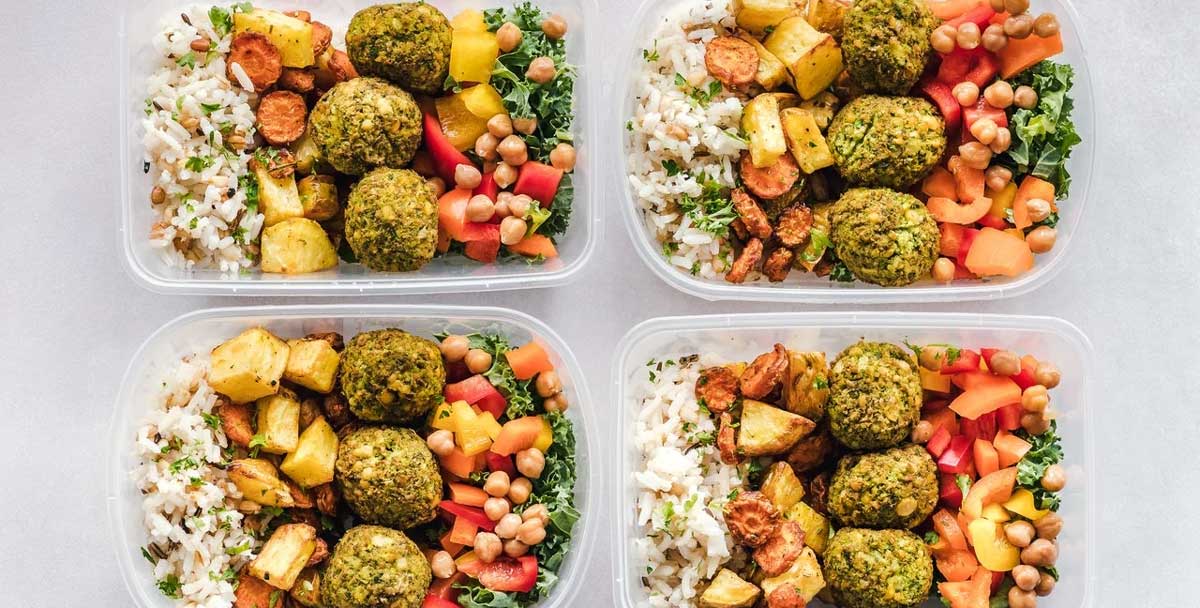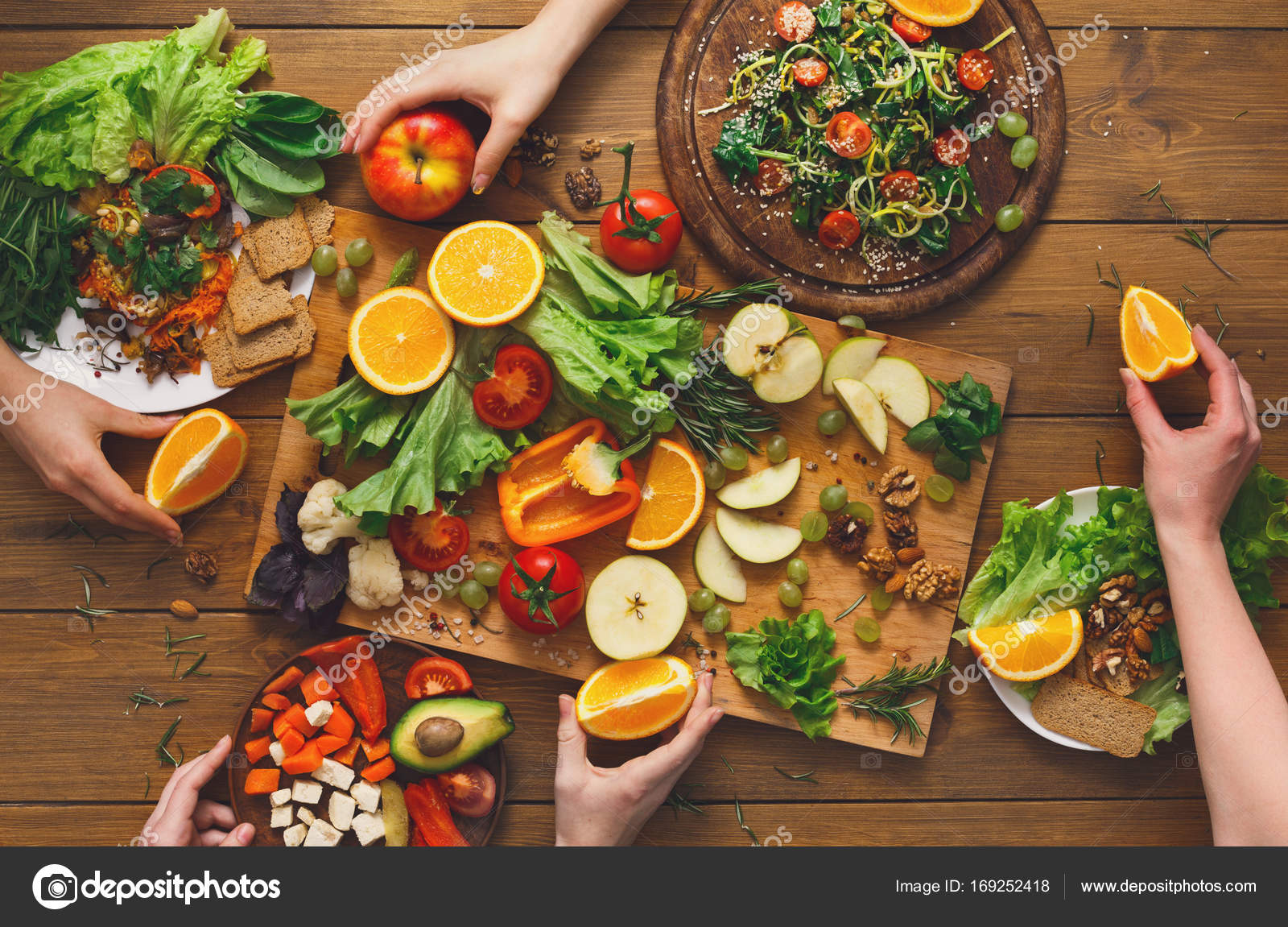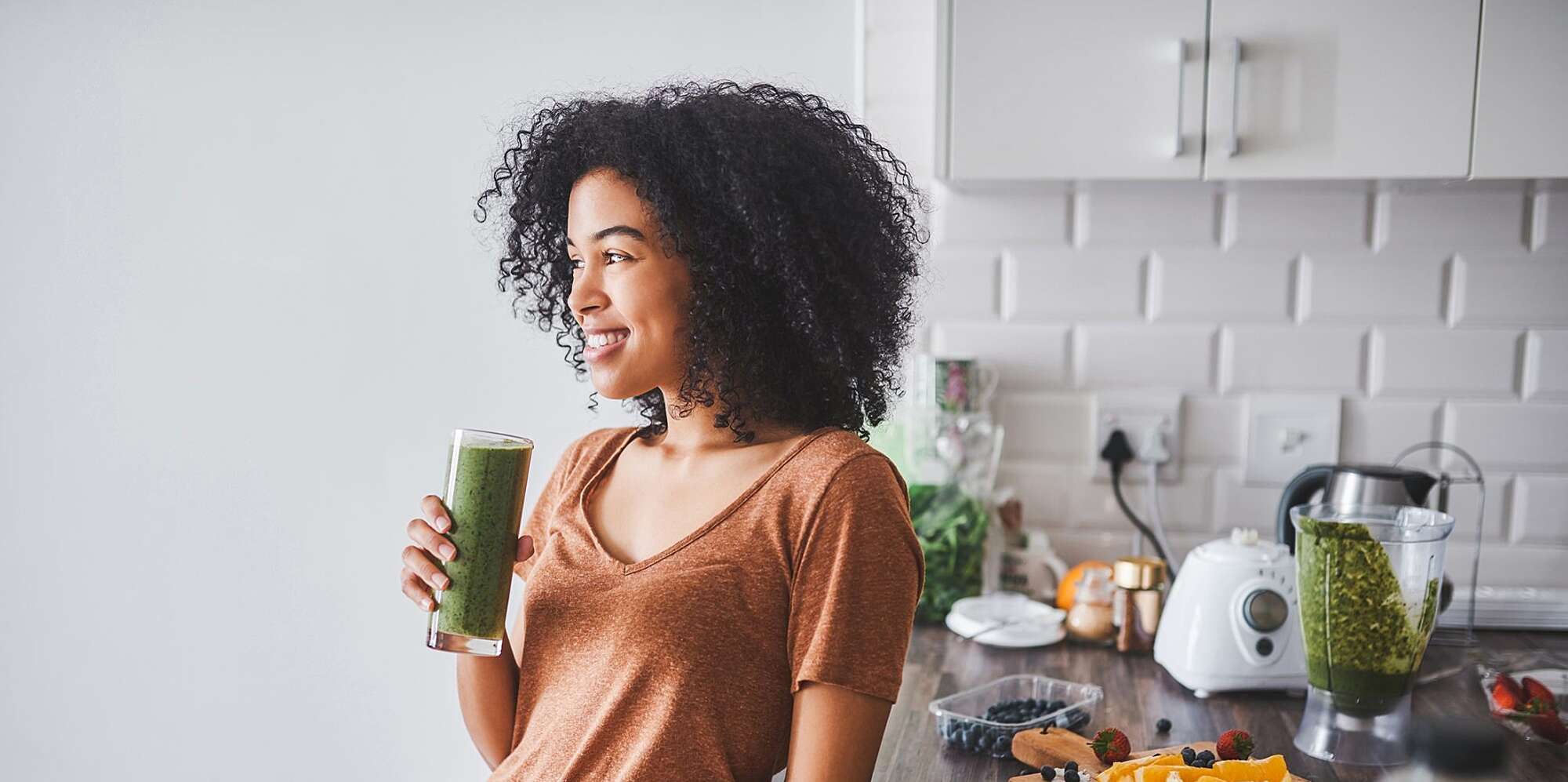
Anti-inflammatory eating is one that reduces inflammation. You can vary it according to your own taste. Whole grains, heart-healthy oils, and legumes are great year-round staples, while fruits and vegetables can change throughout the seasons. Choose root vegetables such sweet potatoes and turnips during winter and citrus fruits such like oranges and lemons in the warmer months.
Many packaged foods contain high glycemic and trans fats. Manufacturers are reducing the use of hydrogenated oils and are working on creating better tasting products. Anti-inflammatory foods are easy to find, unlike other diets. The following list contains some suggestions but is not complete. You can try these foods to see which one works best for you. Add a few more items to your grocery shopping list the next time that you visit the supermarket and you will be on your way to healthier eating.
Another way to lower your glycemic index is to eat more fresh fruits and vegetables. Most of these foods are anti-inflammatory. It is important to have a balance between fruits and veggies. Berries are an excellent choice for anti-inflammatory food, as they can be grown in many parts of the US. Apples are also good options. Another anti-inflammatory food is cauliflower, ginger and parsnips.
When it comes to carbohydrates, whole grain bread and cereals are a good choice. In order to increase the fiber content of your diet, you can include a small amount of beans and whole grains. Pulses are another source of fiber. These foods are also rich in magnesium, which helps to fight inflammation. You can keep your body healthy by eating just a few grams of pulses every day. These foods can provide your body with good quality protein. You should avoid sugar and processed grain for a low-calorie diet that is anti-inflammatory.
Aside from the above, vegetables and fruits are good sources of anti-inflammatory food. They can be used in daily cooking because they are rich in antioxidants as well as fiber. You can also add extra-virgin olive oil and seasonings to your meals. Extra-virgin oil is better for those who are cooking their own food. It has less processing and contains more nutrients. You can use ginger and turmeric sparingly to counter inflammation.

Tomatoes are another anti-inflammatory food. These vegetables are rich in antioxidants. These vegetables are also good sources for fiber. Your main meal should contain good quality protein. A protein-packed meal can help your body fight inflammation. It is also a good addition to any antiinflammatory diet.
Green tea and black coffee are other anti-inflammatory food options. Both of these foods are high in antioxidants, which can help prevent disease. Flaxseeds may be sprinkled on cereals, added to smoothies, and even used in salads. Garlic is known for its many health benefits. It can protect against cell damage and lower blood pressure. They are excellent sources of fiber and anti-inflammatory nutrients.
They are important for heart health. They enhance digestion and are not high in harmful fats. Avocado mayo may be substituted for regular mayo. Joanna Gaines’ grilled salmon recipe is a good anti-inflammatory dish. This soup is rich in nutrition, even though you will likely need to add some extra ingredients. The Arthritis Foundation has recipes for anti-inflammatory foods.

You should think about how much each food is going to be helpful when you plan an anti-inflammatory diet. An example of an anti-inflammatory diet is a five-day meal plan. However, it is important to keep in mind that your preferences and tastes will dictate how much you eat. Even though a five-day plan may not work for everyone, it is a good starting point. These dietary changes do not have to be costly. These foods can be tested for free so you don't have to spend a lot.
A healthy diet that is anti-inflammatory should include lots of fruits, vegetables, and legumes. These foods are more than just great for their phytonutrients. They can reduce your chance of getting cancer. Anti-inflammatory foods can help lower your chance of developing a disease. It's not just about what you eat, but how you eat it.
FAQ
How can I be hired as a chef?
A word of mouth referral can lead to a job as cook. Your friends and family members might know of a restaurant that needs additional staff. A lot of restaurants also advertise their openings on bulletin boards or websites.
How Long Does It Take to Be a Chef? What's the average career path for a chef?
Becoming a chef takes approximately five years. You will be able to learn basic cooking techniques as well as gain practical experience working in a kitchen. Once you have completed your training, you may apply for executive, sous, and line chef positions. The average annual salary for a professional chef is between $25,000 and $60,000
Can you be a self-taught cook?
Yes, you can be a self-taught cook! Everyone loves cooking, regardless of whether they are skilled or not. Learn how to cook at home. Start small with things like making pancakes or spaghetti sauce for your dinner. The best way to learn how to cook is to try new recipes and experiment. It's possible that you will make mistakes.
Learning to cook takes anywhere from a couple of hours to several weeks, depending on what type of skill level you are looking for. It's important to remember that cooking isn't just about following recipes. There are many ways to cook food. If you have an idea, follow it.
Statistics
- The median pay for a chef or head cook is $53,380 per year or $25.66/hour, according to the U.S. Bureau of Labor Statistics (BLS). (learnhowtobecome.org)
- You'll be amazed that over 90% of CIA students receive scholarships and grants to finish their culinary studies. (ischoolconnect.com)
- According to the BLS, chefs earn $58,740 a year. (learnhowtobecome.org)
External Links
How To
How to cook a steak
The thickness of any meat will dictate the cooking method. Thicker steaks should be cooked over low heat. Thicker steaks will need to cook at higher temperatures.
It's important to not overcook the steaks as they will lose their taste. You should always remove the steak from the skillet when it's done. This will prevent you from burning yourself.
Cooking times will vary depending on how large the steak is and what degree of doneness you desire. Here are some guidelines to help you get started:
Medium Rare: Cook the meat until it reaches medium rare (63°C). This takes between 3 and 5 minutes per side.
Medium: Cook until medium. This means that the internal temp has reached 160 degrees F (71 degrees Celsius). This typically takes 6 minutes per side.
You are done when the internal temperatures reach 180°F (82°C). This typically takes 8-12 minutes per side.